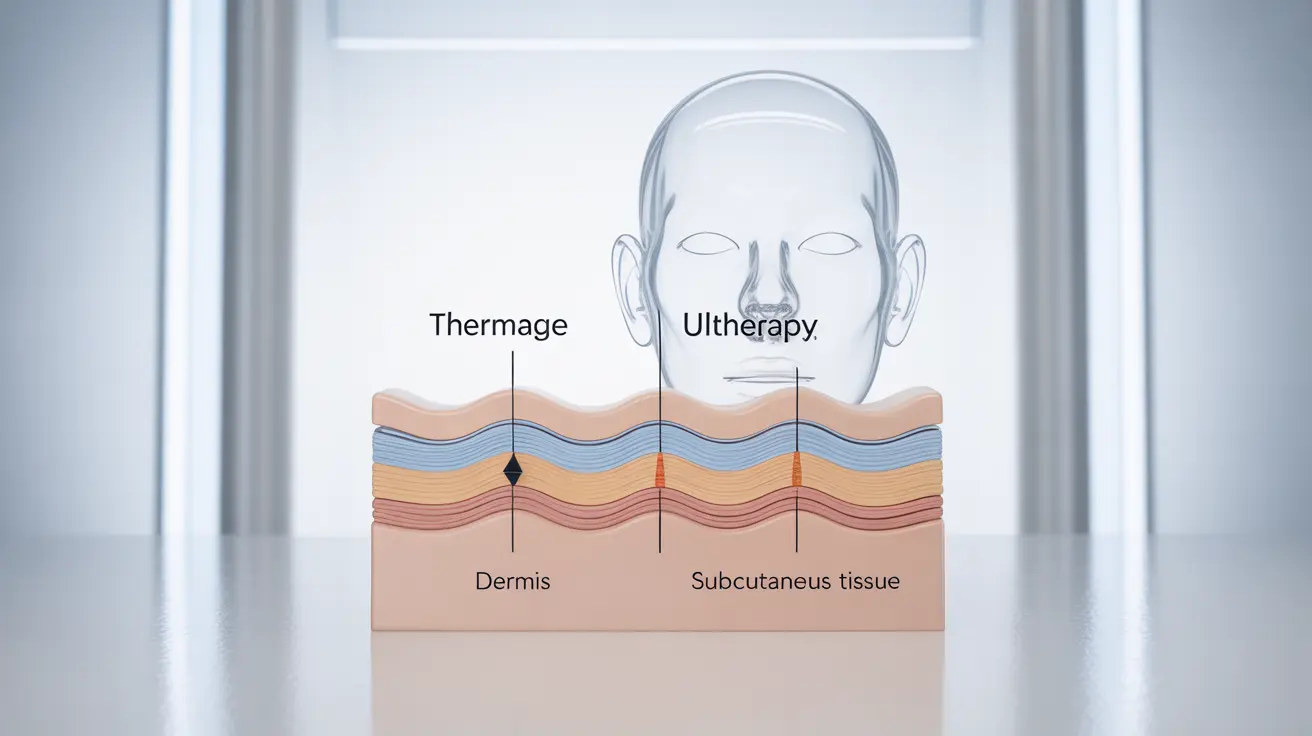Experiencing numbness in your feet while running can be both uncomfortable and concerning. This common issue affects many runners, from beginners to experienced athletes, and can significantly impact your running performance and enjoyment. Understanding why your feet go numb when running and knowing how to address this problem is crucial for maintaining a healthy running routine.
In this comprehensive guide, we'll explore the various causes of foot numbness during running, discuss practical solutions, and provide expert advice on prevention strategies. Whether it's related to your footwear, running technique, or underlying medical conditions, we'll help you identify and address the root cause of your running-related foot numbness.
Common Causes of Foot Numbness During Running
Several factors can contribute to your feet going numb when running. Understanding these causes is the first step toward finding an effective solution:
Improper Footwear Fit
One of the most common reasons for foot numbness during running is wearing ill-fitting shoes. Running shoes that are too tight can compress nerves in your feet, particularly in the forefoot area, leading to numbness. Conversely, shoes that are too loose can cause your feet to slide around, creating pressure points and friction that may result in numbness.
Tight Lacing Patterns
The way you lace your running shoes can significantly impact nerve compression and blood flow to your feet. Overtightening your laces, especially in the forefoot area, can put excessive pressure on the nerves and blood vessels, leading to numbness during your run.
Prevention and Solutions
Proper Shoe Selection
Choosing the right running shoes is crucial for preventing foot numbness. Consider these key factors:
- Get professionally fitted at a specialty running store
- Choose shoes with adequate toe box width
- Consider your foot shape and running style
- Replace shoes regularly (typically every 400-500 miles)
Modified Lacing Techniques
Different lacing patterns can help alleviate pressure points and reduce numbness:
- Window lacing for high pressure points
- Heel-lock lacing for preventing heel slippage
- Parallel lacing for even pressure distribution
- Loop-lacing technique for specific pressure relief
Running Form and Technique Adjustments
Your running technique can impact foot numbness. Focus on these aspects:
- Maintain proper posture and alignment
- Land midfoot rather than heel striking
- Avoid overstriding
- Keep a relaxed foot position during your stride
Medical Considerations
Sometimes, foot numbness during running may indicate underlying medical conditions that require attention:
- Morton's neuroma
- Peripheral neuropathy
- Compartment syndrome
- Circulation issues
Frequently Asked Questions
Why do my feet go numb when running and how can I fix it?
Feet typically go numb when running due to nerve compression, tight shoes, or improper lacing. To fix this, ensure your running shoes fit properly, try different lacing techniques, and consider using specialized insoles. If numbness persists, consult a healthcare professional.
Can wearing the wrong running shoes cause foot numbness while running?
Yes, ill-fitting running shoes are a primary cause of foot numbness. Shoes that are too tight can compress nerves, while shoes that are too loose can cause friction and pressure points. Always get professionally fitted for running shoes and replace them regularly.
How should I lace my running shoes to prevent numb toes and feet?
Various lacing techniques can help prevent numbness. Try window lacing to relieve pressure points, or parallel lacing for even pressure distribution. Experiment with different patterns to find what works best for your feet.
What are the medical conditions that might cause numbness in my feet during running?
Several medical conditions can cause foot numbness, including Morton's neuroma, peripheral neuropathy, compartment syndrome, and circulatory issues. If numbness persists despite trying various solutions, consult a healthcare provider for proper diagnosis.
How can I adjust my running technique to reduce foot numbness?
Focus on maintaining proper form with a midfoot strike, avoid overstriding, and keep your feet relaxed while running. Regular stretching and strengthening exercises for your feet and legs can also help improve your running technique and reduce numbness.




